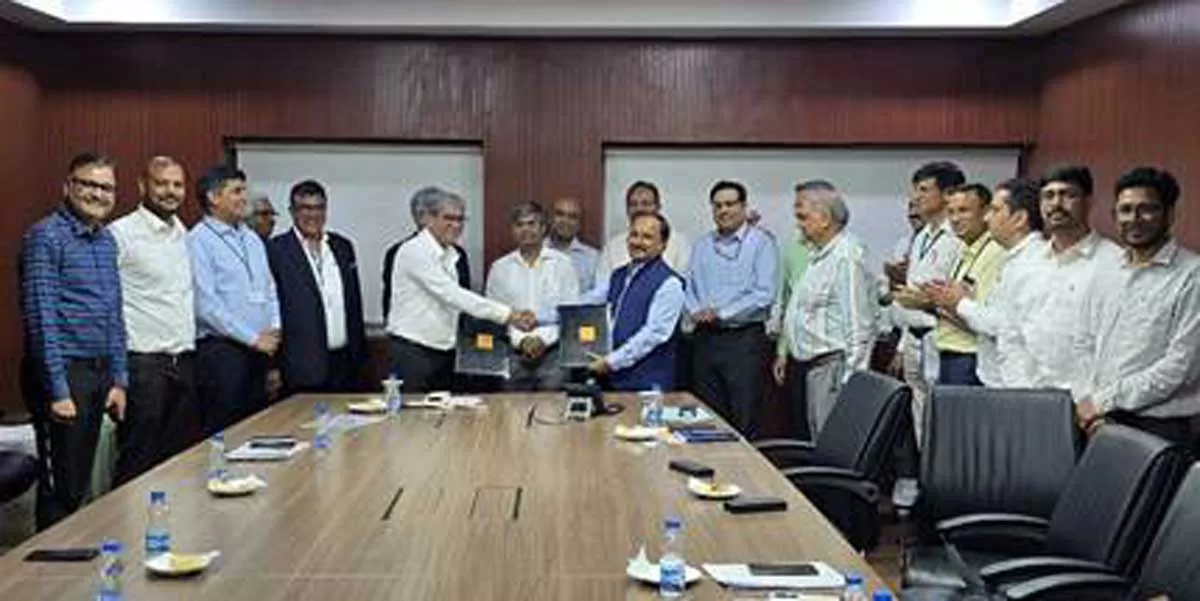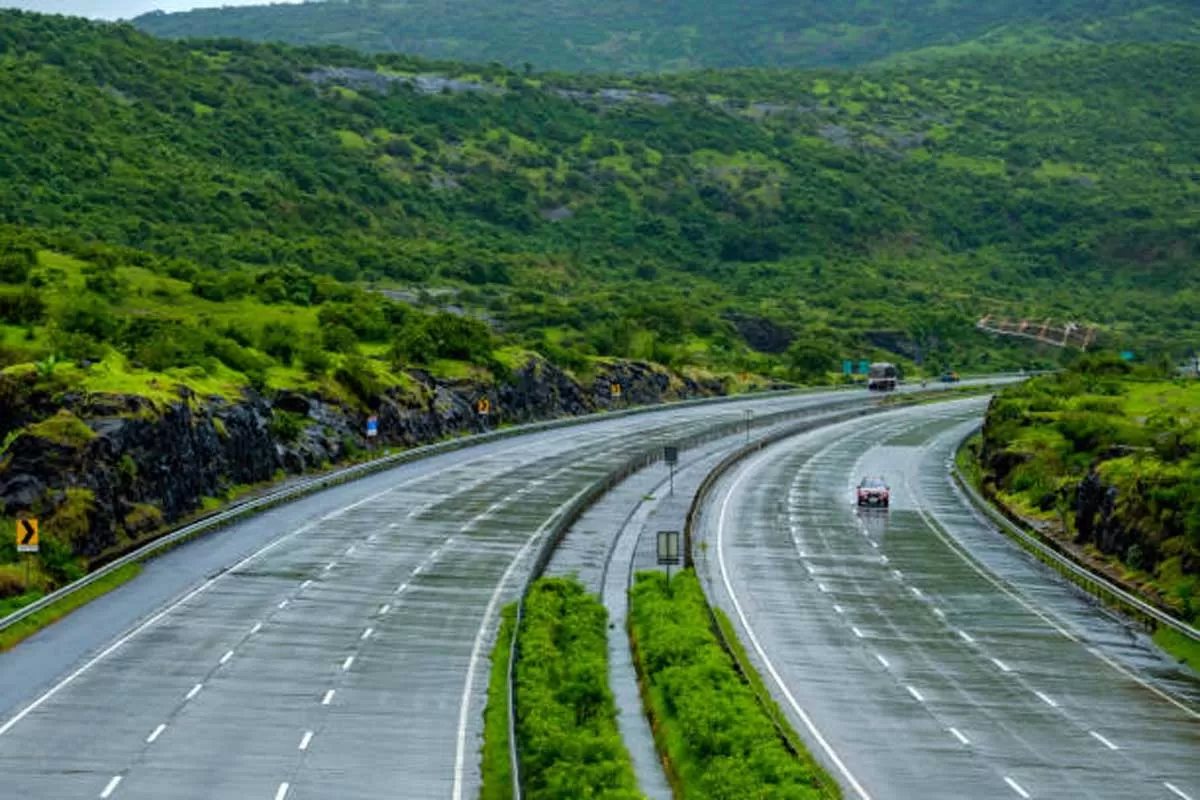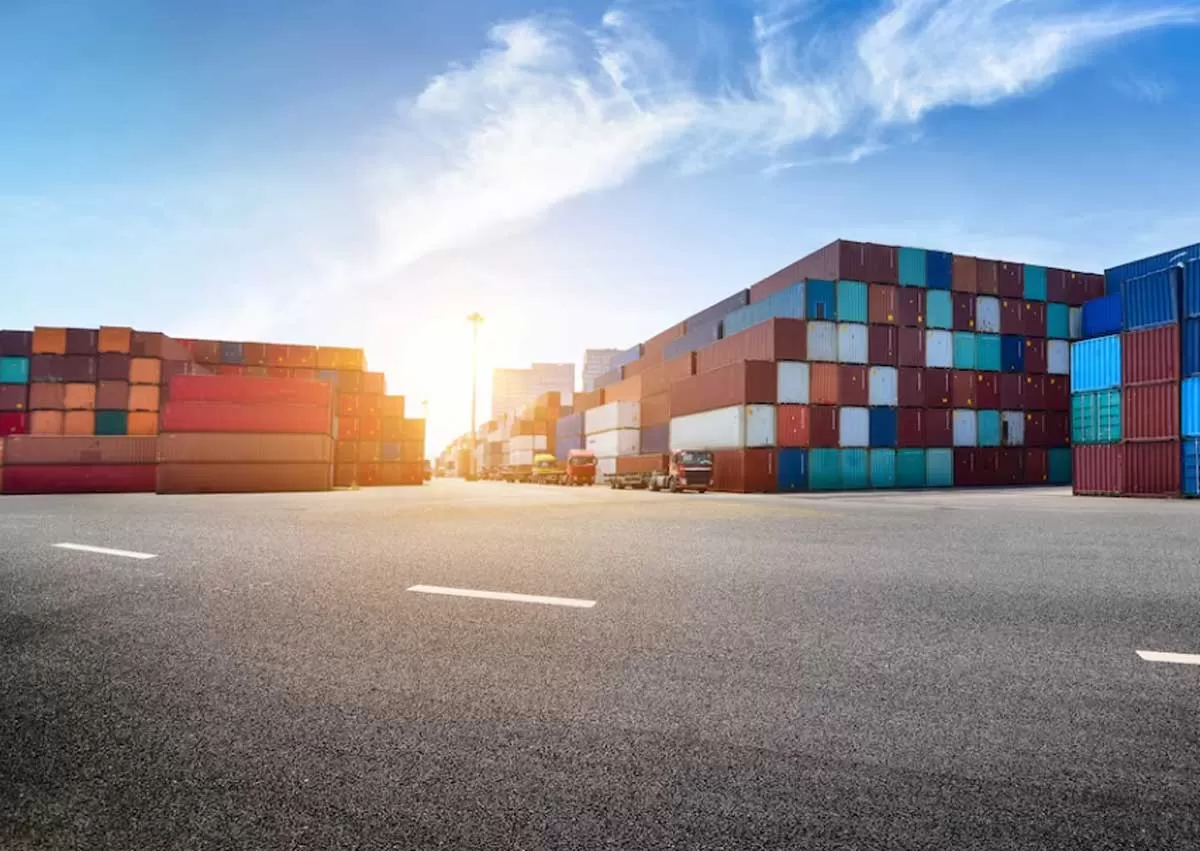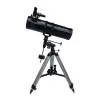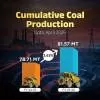- Padam Prakash Gupta, Managing Director, Techno Electric & Engineering Company LtdThey are on a power trip – literally! Of the global installed power generation capacity estimated at 5,000 GW, India accounts for around 174 GW. For its part, Techno Electric & Engineering Company Ltd (TEECL) aims to have a power generation capacity of 1,250 MW in five years. Padam Prakash Gupta, Managing Director, highlights the company’s ‘Vision 2017’ to invest Rs 7,000 crore in generation and Rs 3,000 crore in transmission and distribution (T&D) in conversation with
Shanti Padukone.
How did TEECL venture into the infrastructure sector?We have had rich exposure in EPC services in the Indian power sector for over three decades. The potential of the sector back in the 1960s and 70s motivated us to enter the industry.
What prompted you to foray into power? We started with renewable sources in 2009 with the acquisition of two wind power farms with a total capacity of 95.5 MW. The same year, we bagged the first ever contract in the private sector under a state PPP model with viability gap funding, marking our entry into power transmission. This project involved building a 400 kV, 100 km transmission link on DBFOT (Design Build Finance Operate Transfer) basis. We now have an installed capacity of 196.85 MW. The idea was to generate EPC works by building our own assets, thereby reducing dependency on government and third party contracts. Hence, the cash flow generated was used to develop these assets. We wish to strengthen our foothold here.
What are the segments under the EPC business? The company manages turnkey projects in power generation, ranging from complete plants to system packages of thermal and hydro project plants, tailored to complement larger systems supplied by others. We are also involved in executing EPC contracts in T&D for EHV sub-stations up to 765 kV, having constructed around 250 substations in the last decade. We have constructed some landmark projects for the Accelerated Power Development and Reforms Programme and Rajiv Gandhi Rural Electrification Programme and participated in building a major part of the national grid for execution and transmission of power.
Apart from this, we forayed into the execution of industrial projects in 1977. We have executed over 10 projects in segments including plant electricals and illuminations, cabling projects, water and allied systems, installation of fire protection systems and oil handling plants. The company also provides tailored power solutions for the aluminium, petrochemical and other industries.
You were one of the first to look at renewable energy...We firmly believe the future lies in sustainable energy, and have made a foray into wind and bio-mass energy. We successfully commissioned our Phase-1 expansion of 100 MW in September 2011. What’s more, we have been able to deliver projects on time.
What are the challenges you have faced?
One trying challenge has been the manpower crunch. With the majority of Indian engineers focused on IT, there has been a scarcity of engineers from other curricula, such as electrical, mechanical and civil. This has emerged as a serious problem. We are, however, striving to deliver the most with limited manpower resources, but there are no short-term solutions. Another challenge has been unhealthy competition. The reduction of qualifying criteria for project bidding has resulted in tough competition and inexperienced bidding. This is not only a challenge for Techno as a company but for the nation as projects are getting awarded to untested players, leading to low quality and execution delays.
How have you overcome this competition?We have gathered experience in handling technically challenging projects that do not attract very competitive bidding, hence competing with the best and limited players. We are among the first pure EPC players to contract 765 kV substations and the only one to provide large-scale power distribution systems to aluminium smelters and refineries. Techno is not driven by the order book or top-line; this significantly reduces our greed for projects and indirectly results in us bagging choice projects with preferred margins.
What is your take on green energy?
It is the only source that can sustain growth and the government should promote it by funding projects and offering incentives. It has set a target to add as much as 100,000 mw of generation capacity in the Twelfth Five-Year Plan. Currently, thermal power accounts for nearly 65 per cent of the electricity generated in India, down from 77 per cent in 2007. With alternative sources, the share of thermal plants will continue to reduce. Moreover, greenhouse gas emissions by coal-fired stations are raising concerns. As of now, India ranks fifth globally in terms of renewable energy generation and is the only country with a Ministry of New and Renewable Energy. The growing awareness towards conservation, supported by favourable initiatives, will ensure an energy-efficient future.
How does the Simran Wind project contribute to this?
We acquired this project in 2009 with an installed capacity of 50.45 MW through wind power and, after expansion, brought its current installed capacity to 151.85 MW. Simran is the first project developer in the country to have been accredited for more than 100 MW for its wind generation project under the Renewable Energy Certificate (REC) Scheme. Phase-1 is expected to generate 240,000 RECs on an annual basis. Simran’s 108.9 MW has also been registered with the Indian Renewable Energy Development Agency for generation-based incentive benefits. Of existing capacity, 21 MW has been registered under UN's Clean Development Mechanism with the capacity to generate 50,000 Certified Emission Reductions (CERs) annually. We also recently brought in IFC Washington to fund the project in Phase-1, which has also picked up 3.38 per cent stake in Simran.
How will this impact TEECL’s holding?This investment will reduce our stake in the project to 96.62 per cent. But such a reduction can be seen as going forward to build our assets in the sector.
What is your solution to power shortage? The government should lay thrust on renewable energy. Apart from this, upgrading the existing transmission network and building new networks will help reduce T&D losses, which are at present 24.15 per cent.
What kind of equipment and technology are required in this sector?These vary with project size and source of feed. Power generation equipment includes steam, gas, water, wind and micro turbines and solar cells. There are also parabolic troughs or heliostats to direct sunlight in a solar thermal power plant. Power generation technologies have also been witnessing considerable change, such as generation from geo-thermal and solar thermal sources, etc.
How do you foresee the growth of Indian infrastructure?According to a recent report, India is expected to add up to 113 GW of installed capacity by 2017. Being the world’s fifth largest power consumer, the demand for power is huge. The government has taken several steps to promote investment in this sector including sops such as tax exemption on equipment used. Along with conventional sources of power generation, renewable sources also hold much promise. Our experience in EPC services enables us to make best use of the imminent growth, and we are all set to explore and exploit solar and hydro-based power generation.
What are your future plans?Techno is moving layers above in the value chain within the power sector. Today, a leading independent power producer in renewable energy, we will invest Rs 10,000 crore in the power industry, Rs 7,000 crore in generation and Rs 3,000 crore in T&D by 2017. We also plan to have a power generation capacity of 1,250 MW from renewable sources by the end of the Twelfth Plan by adding 150-200 MW of capacity every year and one transmission line annually to our portfolio to have around five projects by the end of the plan.
Fact sheet
Established: 1963
Top Management (Promoters): PP Gupta, Managing Director since 1995
No. of Employees: 150 engineers, 200 skilled professionals and 100 staff members
Centre of Operation: EPC in the power sector, power generation & transmission
Turnover: Rs 715 crore in FY11
Current Order Book: `1,200 crore as on 30th Sept 2011
Landmark Projects:
- Fuel oil handling system for Chandrapur Thermal Power Station Units 5 and 6 (2 x 500 MW) for Maharashtra State Electricity Board at Chandrapur, Maharashtra
- 400/220 kV substation for Power Grid Corp of India Ltd at Bhiwadi, Rajasthan
- Installation and revamping of substations for Assam State Electricity Board at Guwahati, Assam
- Yard piping work for CPP 2nd phase expansion for NALCO Ltd at Angul, Orissa
- Modernisation of Grid stations at Bihar Sharif and Bari Pahari for the Bihar State Electricity Board
Know of a contractor who's made it big? Write in at feedback@ASAPPmedia.com
